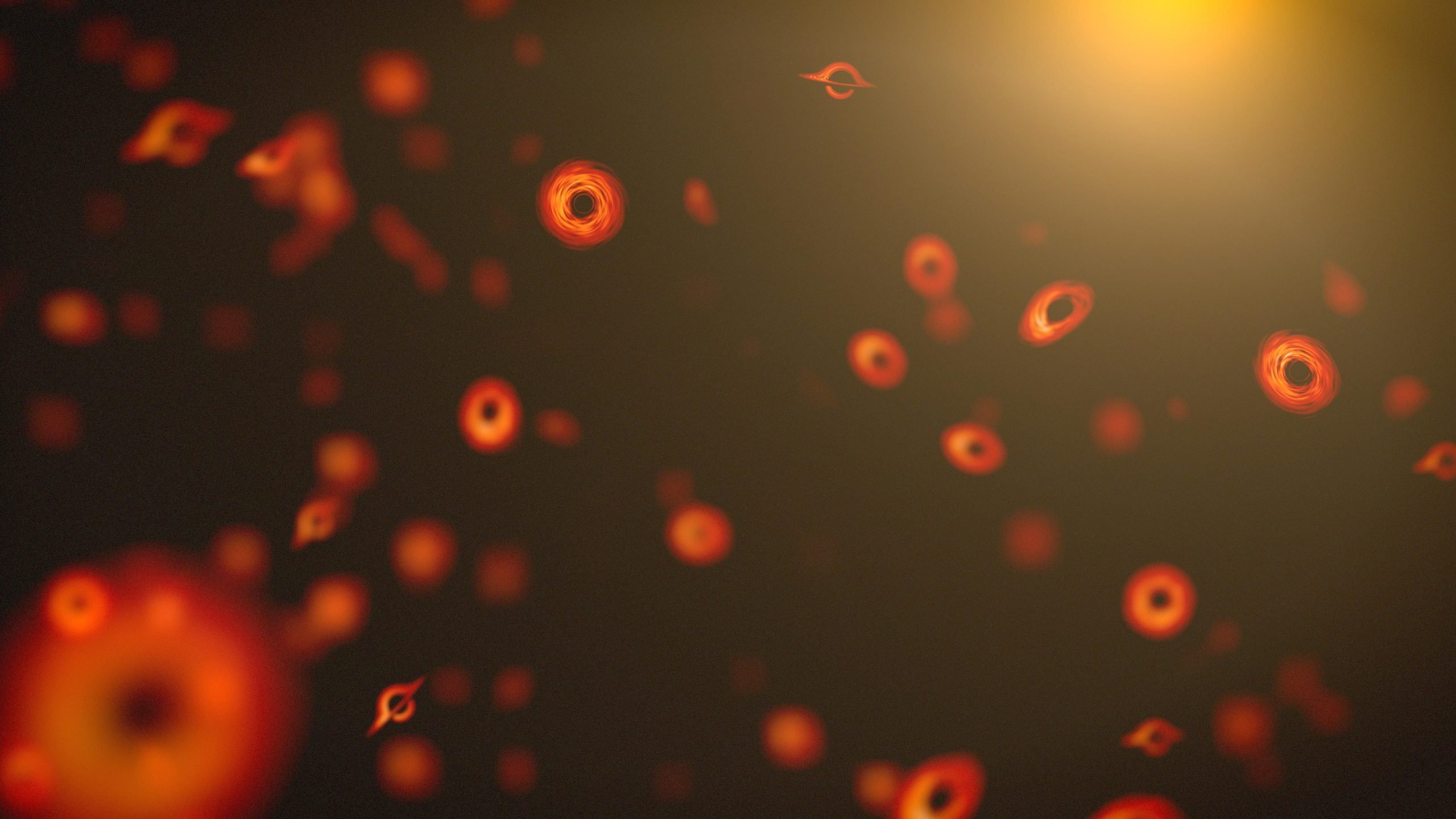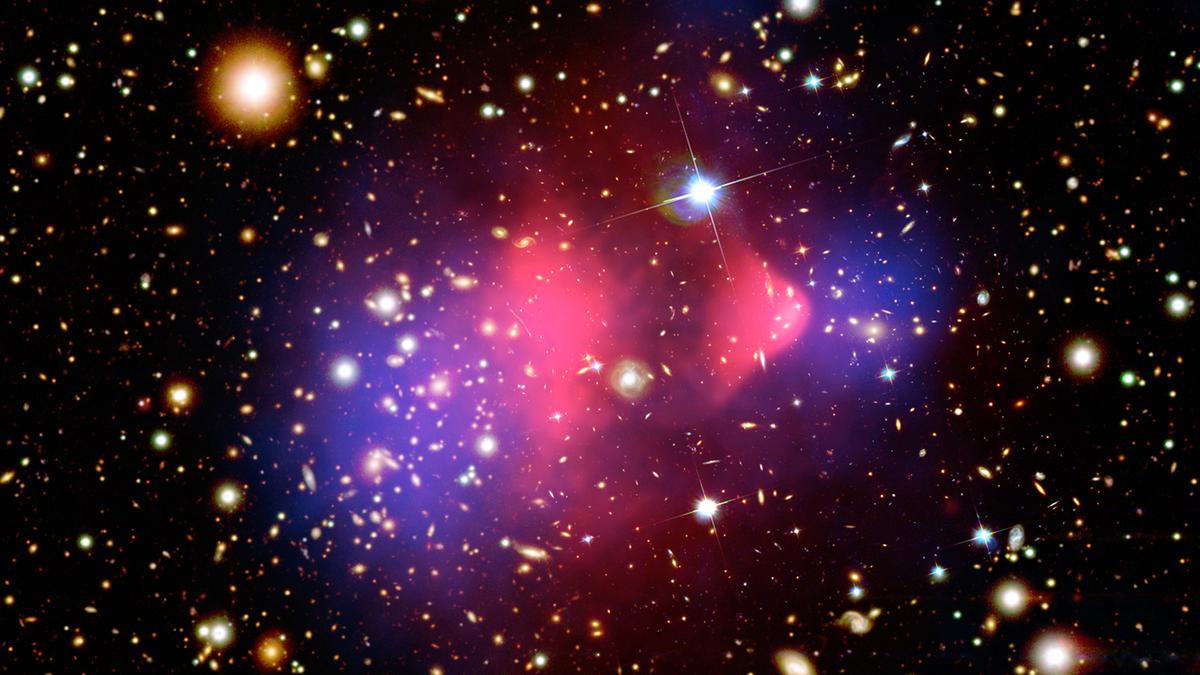
The mystery of dark matter has puzzled scientists for half a century, with all the visible matter in the universe - stars, planets, cosmic dust and everything in between - unable to account for why the universe behaves as it does. According to NASA, there must be five times as much matter around for researchers' observations to make sense. This missing matter is what scientists call dark matter, which does not interact with light and is invisible.
In the 1970s, American astronomers Vera Rubin and W. Kent Ford confirmed dark matter's existence by looking at galaxy rotation rates. More recent observations of galaxies, clusters of galaxies and the universe as a whole have also pointed to the existence of dark matter, an invisible substance that we can only infer from its gravitational influence.
The upcoming Roman Space Telescope may unveil a new class of primordial black holes, which could have significant implications for our knowledge of the early universe and the nature of dark matter. These Earth-mass black holes, if found, could challenge existing theories of black hole formation and significantly impact our understanding of astronomy and particle physics.
Physicists are searching for the next generation of dark matter detector in the hopes of solving the most frustrating mystery in astronomy. The proposed DARWIN/XLZD instrument aims to detect lighter or more reluctant-to-react dark matter particles. Boulby Mine in North Yorkshire is a potential location for the next dark matter experiment, if the UK wants to contribute.
Minuscule black holes that formed right at the beginning of the cosmos are known as primordial black holes. They could have had a strange property called colour charge, and spotting them could help unravel the mystery of dark matter. These exotic objects, if they existed, would have formed in the instants after the big bang and evaporated just as quickly, but they could have upset the balance of elements in the early universe.
A study published in Monthly Notices of the Royal Astronomical Society reported being able to explain observed behavior of real galaxies with simulations assuming galaxies contain dark matter. The James Webb Space Telescope observed indirect evidence of normal regular and dark matter in the ring of an old galaxy named JWST-ER1g.
Many researchers are working to understand what dark matter and dark energy are using simulations and telescopes. While indirect evidence builds, the 'dark' universe remains murky.





